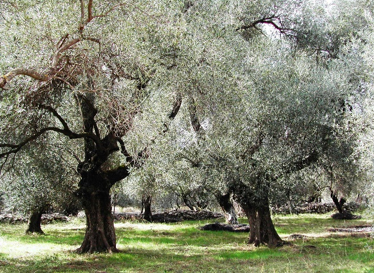Using indicators for identifying Best Land Management practices for Combating Desertification.

Why inticators?
Indicators are becoming increasingly important tools for communicating information to decision makers and the public, as well as in assessing the environmental performance and evaluating the progress made by actions applied to combat land degradation. In environmental sciences, a single indicator cannot efficiently describe a complex process such as soil erosion or land desertification. Indicators combined in a composite index allow someone making multiple choices in land management and hence in monitoring of the state of the environment.
EFFECTIVE LAND MANAGEMENT INDICATORS
Effective land desertification protection requires both appropriate land management practices and macro policy approaches that promote sustainability of ecosystem services. It is preferable actions for combating land desertification to focus on protection or prevention than on rehabilitation of desertified areas.
Indicators related to land management such as no tillage, storage of water runoff, grazing control can be altered by the farmer. The most effective land management indicators highly related to measures against desertification are shown here.
Water erosion
Water erosion is the detachment and removal of soil material by water. ... Water erosion wears away the earth's surface.
Water stress
Water stress occurs when the demand for water exceeds the available amount during a certain period or when poor quality restricts its use.
Tillage erosion
Landscapes subject to tillage erosion are topographically complex or have a high number-of field boundaries.
Overgrazing
It reduces the usefulness, productivity, and biodiversity of the land and is one cause of desertification and erosion. Overgrazing is also seen as a cause of the spread of invasive species of non-native plants and of weeds.
Soil silinization
Salts occur naturally within soils and water. Salination can be caused by natural processes such as mineral weathering or by the gradual withdrawal of an ocean.
Forest fires
Forest fires increase carbon dioxide levels in the atmosphere, contributing to the greenhouse effect and climate change. In addition, ashes destroy much of the nutrients and erode the soil, causing flooding and landslides.
Desire Project from AUA
Typical examples of critical areas of very high desertification risk due to overgrazing and high soil erosion (left) and of non-threatened areas with very deep well-drained soils, subjected to no desertification risk (right)










